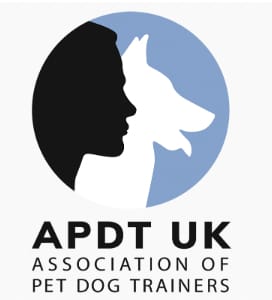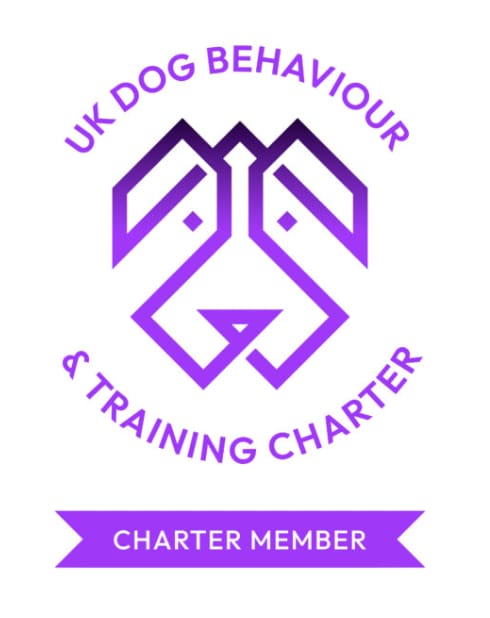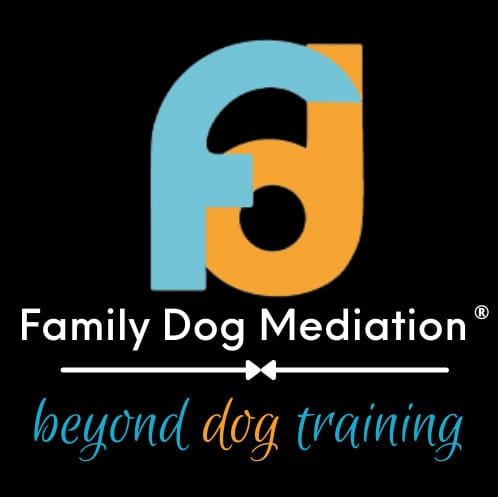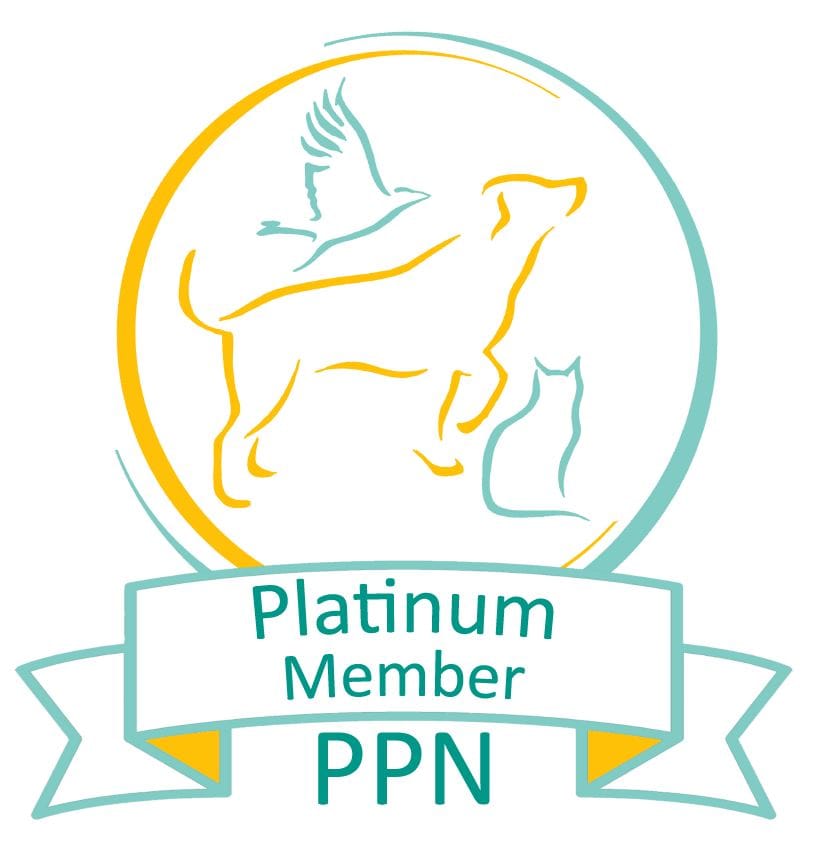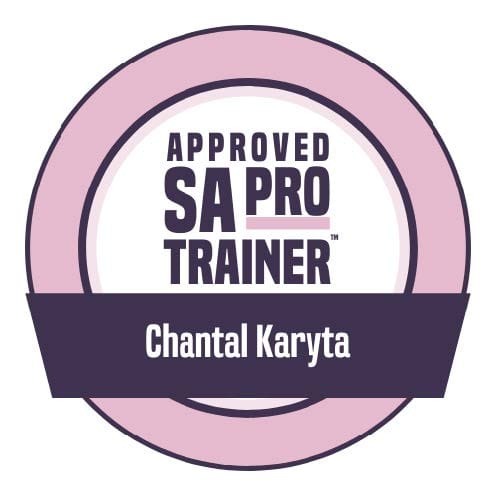An Introduction to Dog Agility
14/08/2014 - Blog
Dog agility is a great way to provide exercise for an energetic and obedient dog – if you’ve established good recall and a reasonable stay and wait, then you may be ready to try this fantastically fun sport. For those who are completely new to dog agility, we offer this introduction.
The basics of dog agility are simple – the handler leads the dog around a course containing a variety of obstacles. Each course will have a map that shows the order in which the obstacles should be taken, but it’s up to the handler to choose their exact route around, and guide the dog with physical signals and voice commands. Scores are calculated based on the time taken to complete the course, but more importantly on the accuracy – faults, like knocking down the bar of a jump as they go over, are added to the time.
Some of the common obstacles you’ll see include: Jumps Much like the jumps you’ll see in horse racing, these are often simple structures with a cross bar – usually one that can be set at varying heights, for different sized dogs. After all, what constitutes a jump for a Jack Russell would be merely a step for a Rhodesian Ridgeback! You may also see tyre jumps, which have a tyre suspended from a frame for the dog to jump through the middle, and broad jumps which have a deeper base – the dog must make the jump without contacting the base area. Tunnels There are two main types of tunnel – one is a rigid vinyl tunnel, often set in a curve, and the other has a rigid opening with a cloth tunnel behind it, which means that the dog has to push through the collapsed fabric. Dogwalks and Seesaws The dogwalk consists of three planks – one raised horizontally in the centre, with one at a diagonal going up and one at the other end going down. The seesaw is just as you might expect – a plank that pivots on a fulcrum, so that the dog goes up one side, and their weight brings the other side down for them to dismount. You’ll often see a differently painted section at the beginning and ends of these obstacles – the dog must make contact with these sections to avoid a fault. Weave Poles A series of poles (usually between 5 and 12) are set upright and spaced about 24 inches apart. The dog must enter with the first pole to his or her left and weave through each pole in turn, like a skier on a slalom course. This is often one of the most difficult techniques for a dog to master. Pauses The pause is either a square section of the course which is marked with tape, or a small table for the dog to jump up onto. The dog must sit or lie down in the designated area for a certain length of time – often 5 seconds – before continuing. With time and training, you and your dog can establish a great rapport and take the course at speed – and who knows, perhaps one day you could reach the kind of standard demonstrated by the champions at Crufts! If you’re interested in working with your dog on an agility course, why not get in touch with us for dog training in Surrey? We also offer a great range of basic courses for dogs and puppies, so whether you want to compete or simply enjoy the companionship of a well-trained canine companion, we can help! Contact us today on 07739 815 265.
Copyright © 2025 CK9 Training
